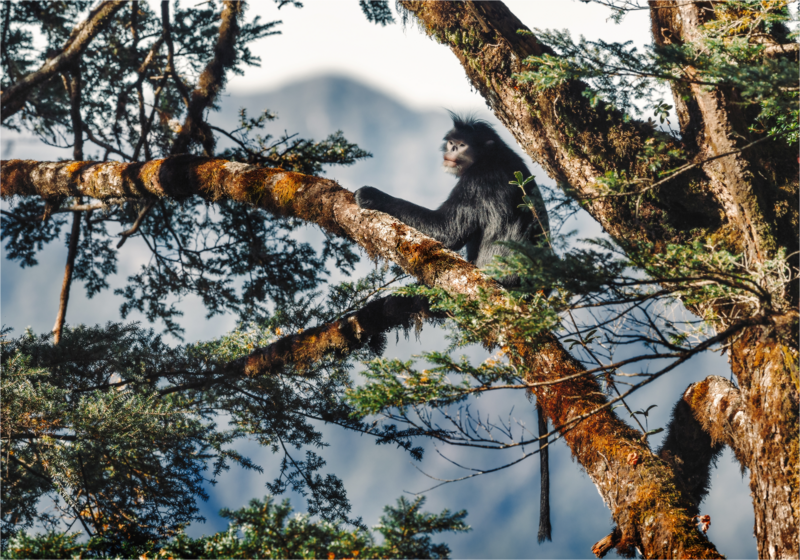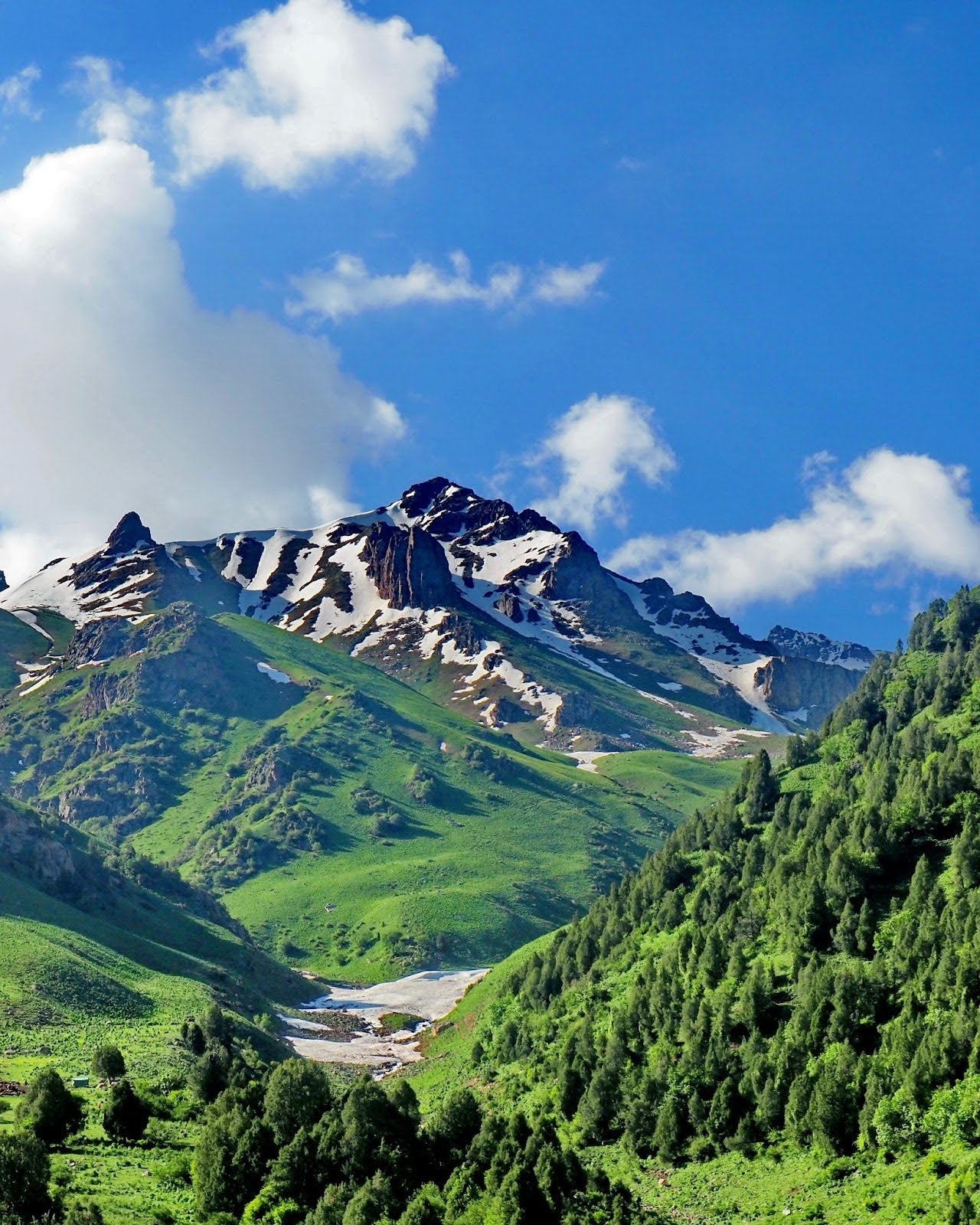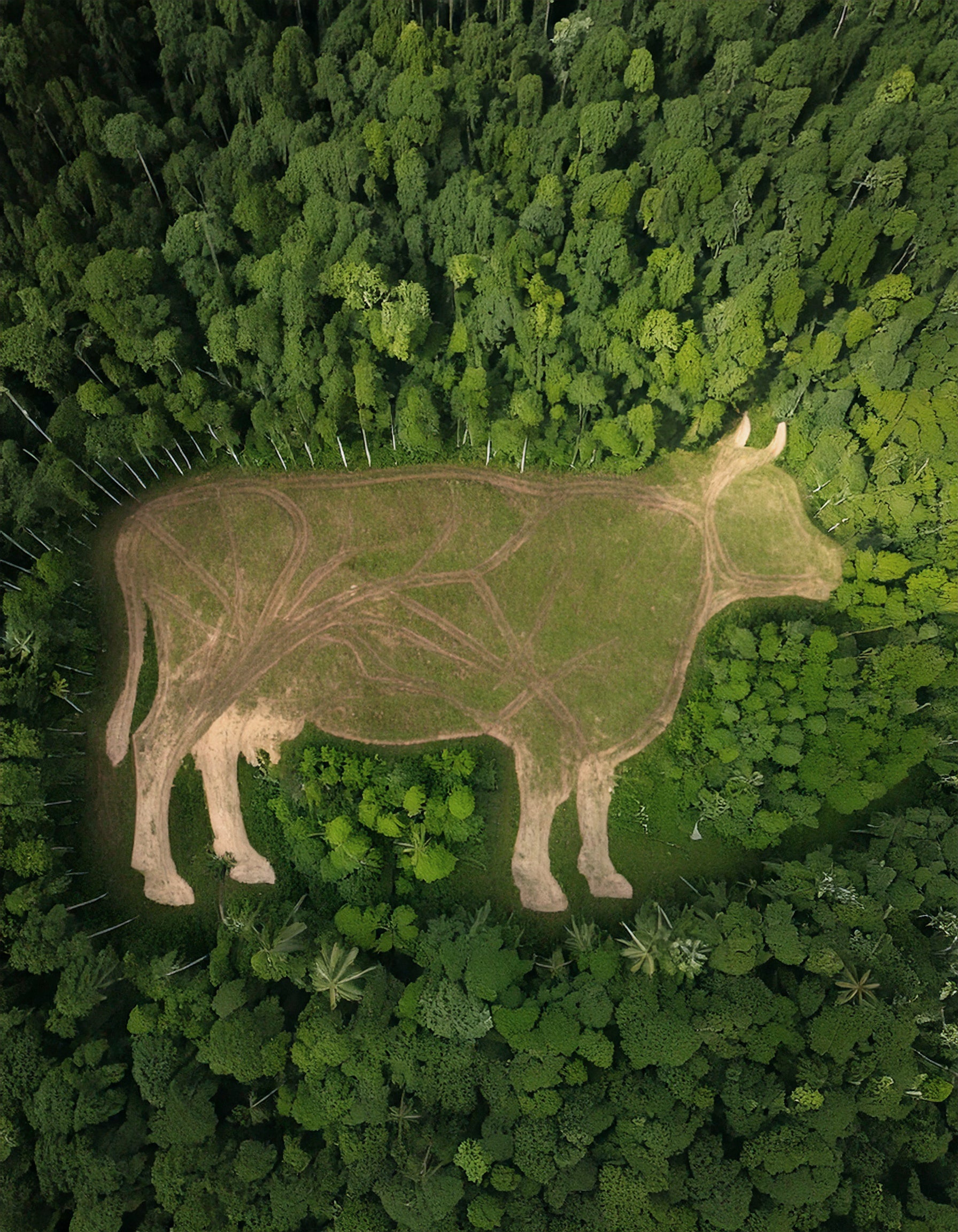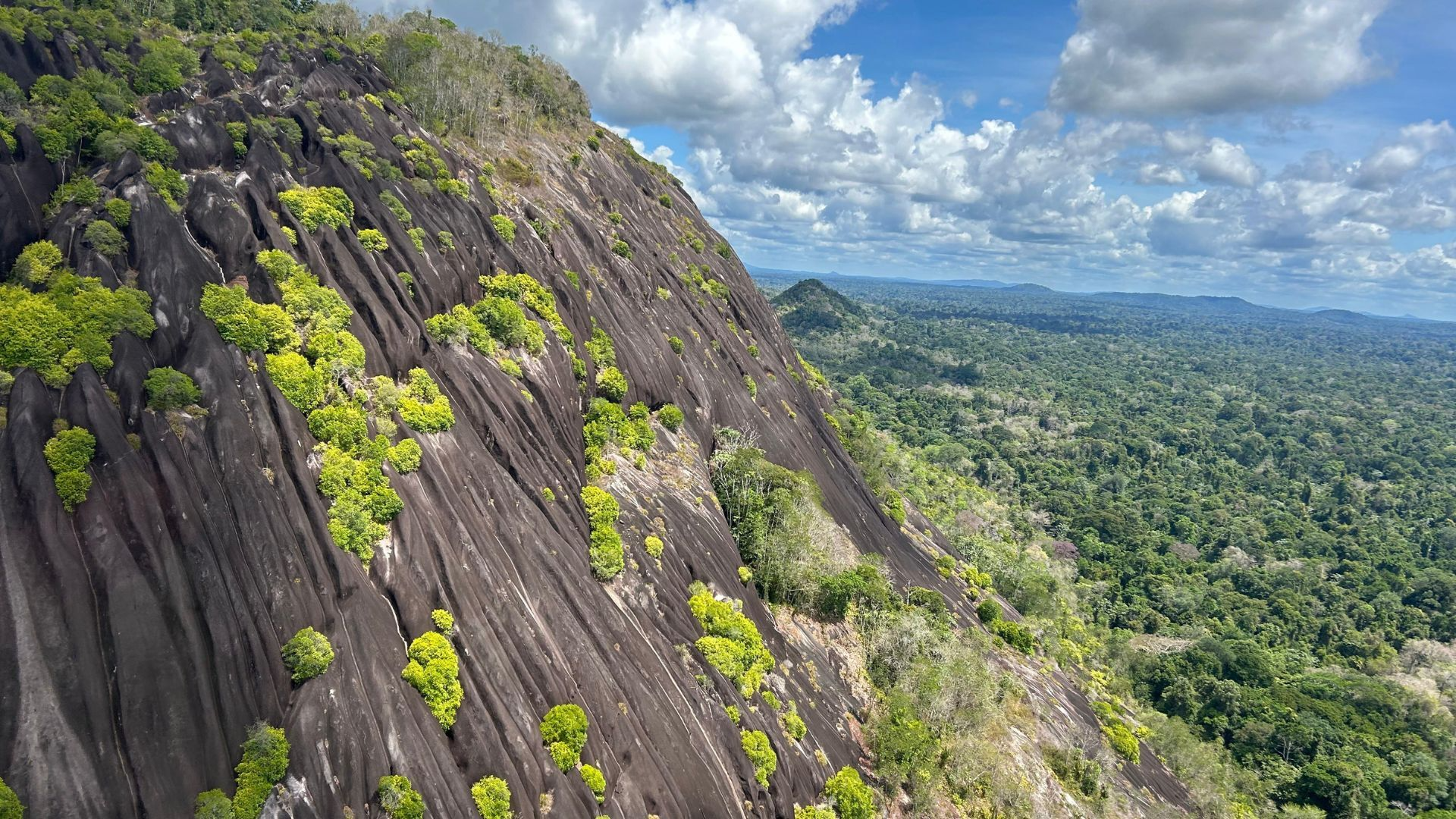The latest edition of Primates in Peril: The World’s 25 Most Endangered Primates has been released, spotlighting the most threatened primate species across Africa, Asia, Madagascar, and the Neotropics. Compiled by leading primatologists and conservationists, the report underscores the urgent need for targeted conservation efforts to prevent these species from disappearing forever.
Led by editors Dr. Russell A. Mittermeier (Chair, IUCN SSC Primate Specialist Group), Dr. Kim E. Reuter (Re:wild), Dr. Anthony B. Rylands (Re:wild), Dr. Andie Ang (Mandai Nature), Dr. Leandro Jerusalinsky (Chico Mendes Institute for Biodiversity Conservation), Stephen D. Nash (Stony Brook University), Dr. Christoph Schwitzer (Dublin Zoo), Dr. Jonah Ratsimbazafy (International Primatological Society) and Dr. Tatyana Humle (Re:wild), the report combines expertise from over 100 scientists and conservationists worldwide.
The World’s 25 Most Endangered Primates
Origin: To promote public awareness of the critical situation of primates, in 2000 the IUCN SSC Primate Specialist Group (PSG), together with Conservation International (CI), drew up a list of the “World’s 25 Most Endangered Primates” and produced a brief report containing short accounts of each species and the threats to their survival. The aim of the list is to draw attention worldwide to Critically Endangered primates, targeting not merely supportive public opinion but most especially alerting governments, donors and funding sources and researchers and conservation NGOs to the need for action. The PSG holds open meetings with researchers and conservationists during the biennial congresses of the International Primatological Society (IPS), contributing information fresh from the field to set up updated lists and a report.
Including those in this 2023-2025 report, 103 endangered primate species and subspecies have been listed since 2000.
Key Findings from the Report
The 2023–2025 list includes primates facing severe threats from habitat destruction, hunting, climate change, and illegal wildlife trade. Among the most critically endangered are:
Madame Berthe’s Mouse Lemur (Microcebus berthae): The world’s smallest primate, now confined to fragmented forests in Madagascar, with notably reduced numbers just over the last three years.
Variegated Spider Monkey (Ateles hybridus): With populations plummeting by 80% due to deforestation in northern Colombia and Venezuela.
Bornean Banded Langur (Presbytis chrysomelas): Found only in Borneo's threatened peat swamp forests, with populations declining rapidly.
Cross River Gorilla (Gorilla gorilla diehli): The rarest subspecies of great ape, with fewer than 250 mature individuals distributed across the Nigeria-Cameroon border.
Tapanuli Orangutan (Pongo tapanuliensis): The rarest of the great ape species, first described only in 2017. It is genetically distinct from the Sumatran orangutan, and only about 800 individuals are left in the Tapanuli region of Sumatra.
Regional Highlights
Madagascar: Home to four critically endangered lemurs, including the Red Ruffed Lemur (Varecia rubra), populations of which have plummeted due to deforestation and cyclones.
Africa: The Golden-bellied Mangabey (Cercocebus chrysogaster) and Niger Delta Red Colobus (Piliocolobus epieni) face relentless hunting and habitat degradation.
Asia: The endemic Mentawai Islands' primates – Kloss's Gibbon (Hylobates klossii), Pig-tailed Snub-nosed Langur (Simias concolor), Southern Mentawai Langur (Presbytis potenziani), Siberut Langur (P. siberu), Southern Mentawai Macaque (Macaca pagensis), and Siberut Macaque (M. siberu) – face extinction from logging and hunting.
Neotropics: The Peruvian Yellow-tailed Woolly Monkey (Lagothrix flavicauda) in the northern Andes, and the Pied Tamarin (Saguinus bicolor) with a tiny geographical distribution in the vicinity of Manaus, the capital of the state of Amazonas in Brazil, are vanishing due to agricultural (and, in the latter case, urban) expansion.
A Call for Global Action
The report urges:
Protected Areas: Expand and enforce safeguards for critical habitats.
Community-led Conservation: Engage indigenous and local communities as stewards.
Policy Reform: Strengthen laws against wildlife trafficking and deforestation.
Funding: Mobilize resources for long-term conservation programs.
Expert Voices
“These primates are vital to ecosystems and human cultures. Their loss would be irreversible,” said Dr. Russell Mittermeier, Chair of the IUCN SSC Primate Specialist Group.
“We have the tools to save them, but we need immediate action and funding to turn the tide,” added Dr. Christoph Schwitzer, a co-editor of the report.
"We have the science and the strategies—now we need political will and public support," emphasized Dr. Andie Ang.
Conservation Status of the World’s Primates
Since the beginning of the millennium, there has been enormous progress in our understanding of the diversity of the world’s primates—lemurs, Asian lorises and tarsiers, African pottos and bushbabies, monkeys, gibbons and the great apes. The most recent compilation by the IUCN SSC Primate Specialist Group (2024) recognizes 17 families, 83 genera, 539 species, and 721 total taxa (includes both species and subspecies). Extraordinarily, 104 (14%) of these primates were discovered and described just in the last 25 years (64 prosimians, 36 monkeys, 3 gibbons and the Tapanuli orangutan of Sumatra).
The large majority of primates are denizens of the world’s tropical forests, and their widespread destruction—outright clearance, fragmentation and degradation—along with hunting, wildmeat consumption and commerce, and disease epidemics such as that of the Ebola Virus, are the principal factors that result in 466 (64%) of them now being assessed as threatened with extinction (data from the IUCN Red List of Threatened Species (https://www.iucnredlist.org/).
In some cases, entire genera are under severe threat:
All eight of the slow lorises, genus Nycticebus, of South and South-east Asia;
The 12 species of tarsiers, genus Tarsius, on Sulawesi and nearby islands, Indonesia;
The four species of lion tamarins, genus Leontopithecus, and two species of muriquis, genus Brachyteles (the largest of the Neotropical monkeys), in Brazil’s Atlantic Forest;
All 13 species and subspecies of spider monkeys, genus Ateles, in Amazonia, northern South America, Central America and Mexico;
All six species and subspecies of woolly monkeys, genus Lagothrix in Amazonia and the Andes;
All 17 species of red colobus monkeys, genus Piliocolobus in subSaharan Africa;
Five of the six species of African mangabeys of the genus Cercocebus;
The three drills, genus Mandrillus, of West Africa (the largest of the world’s monkeys);
Twenty-four of the 28 taxa (>85%) of langurs of the genus Presbytis of the Sundaland region – the Thai-Malay Peninsula, Sumatra, Borneo, Java and adjacent smaller islands;
All 26 species and subspecies of gibbons of the genera Hoolock, Hylobates, Nomascus and Symphalangus, in South and South-east Asia; and
All of the great apes (four chimpanzees and the bonobo of the genus Pan, the four gorillas, genus Gorilla, and the six species and subspecies of orangutans, genus Pongo, the last being Critically Endangered).
The extreme case of collective endangerment is found in the lemurs of Madagascar—95% of the 112 species and subspecies in 15 genera, all endemic to the island, are now threatened with extinction.
Primate Conservation Action Plans
Conservation action plans have been drawn up for many of these species groups, and repeatedly for the great apes.
Two action plans were published in 2024:
The Asian langurs of the genus Presbytis, endemic to Sundaland, South-east Asia, for the period 2024–2034 <https://portals.iucn.org/library/node/51546>, including the Bornean Banded Langur (Presbytis chrysomelas) and Mentawai langurs (P. potenziani and P. siberu). This plan addresses critical threats from deforestation, hunting, and the illegal pet trade.
The Cercocebus mangabeys and the three drills, Mandrillus, in Central and West Africa for the period 2024-2028 <https://iucn.org/resources/publication/cercocebus-and-mandrillus-conservation-action-plan-2024-2028>, including the Golden-bellied Mangabey (Cercocebus chrysogaster). This initiative highlights bushmeat hunting and habitat fragmentation in Central Africa's rainforests.
Action plans are being prepared for the spider monkeys and woolly monkeys (combined) and for the 19 species and subspecies of Mesoamerican primates.
These action plans provide summaries of what is known of the geographic distribution, their occurrence in protected areas, population estimates, principal behavioral and ecological aspects (group size, demographics, habitat preference and diet) and the prevailing threats resulting in their threatened status, providing recommendations and guiding strategies essential to stop the declines and promote the species’ recovery.
How You Can Help
Support conservation organizations working to protect these species.
Advocate for policies that reduce deforestation and wildlife trafficking.
Share this report to raise awareness.
The full report is available at: http://www.primate-sg.org/storage/Top_25_Primates_2023-2025.pdf
Notes to Editors:
The Primates in Peril report is a biennial collaboration between the IUCN SSC Primate Specialist Group, Re:wild, and the International Primatological Society.
High-resolution images of the endangered primates are available upon request.
Together, we can ensure a future for these remarkable species.
###
About the IUCN SSC Primate Specialist Group
The Primate Specialist Group (PSG) is concerned with the conservation of more than 700 species and subspecies of prosimians, monkeys, and apes. Its particular tasks include carrying out conservation status assessments, the compilation of action plans, making recommendations on taxonomic issues, and publishing information on primates to inform IUCN policy as a whole. The PSG facilitates the exchange of critical information among primatologists and the professional conservation community. The PSG Chair is Dr. Russell A. Mittermeier and the Deputy Chairs are Drs. Anthony B. Rylands, Christoph Schwitzer, Kim E. Reuter, Leandro Jerusalinsky and Andie Ang.
About Re:wild
Re:wild protects and restores the wild. We have a singular and powerful focus: the wild as the most effective solution to the interconnected climate, biodiversity and human wellbeing crises. Founded by a group of renowned conservation scientists together with Leonardo DiCaprio, Re:wild is a force multiplier that brings together Indigenous peoples, local communities, influential leaders, nongovernmental organizations, governments, companies and the public to protect and rewild at the scale and speed we need. Learn more at rewild.org.
About the International Primatological Society
The International Primatological Society (IPS) was created to encourage all areas of non-human primatological scientific research, to facilitate cooperation among scientists of all nationalities engaged in primate research, and to promote the conservation of all primate species.

Devin Murphy
Writer
Devin Murphy is Re:wilds’s senior communications specialist and helps Re:wild and its partners tell stories about the work they do to protect wildlife and wildlands around the planet. Her favorite stories about conservation include fascinating and little-known species and the dedicated humans protecting them.



